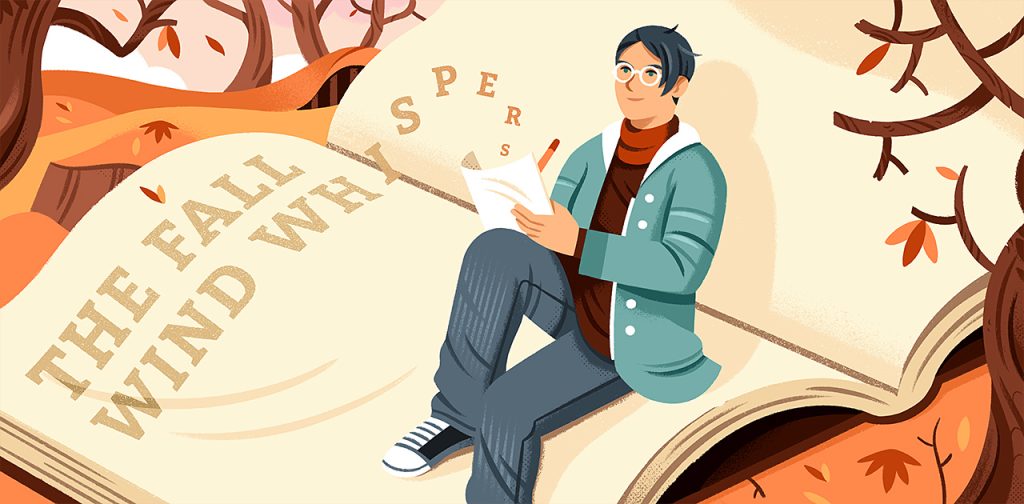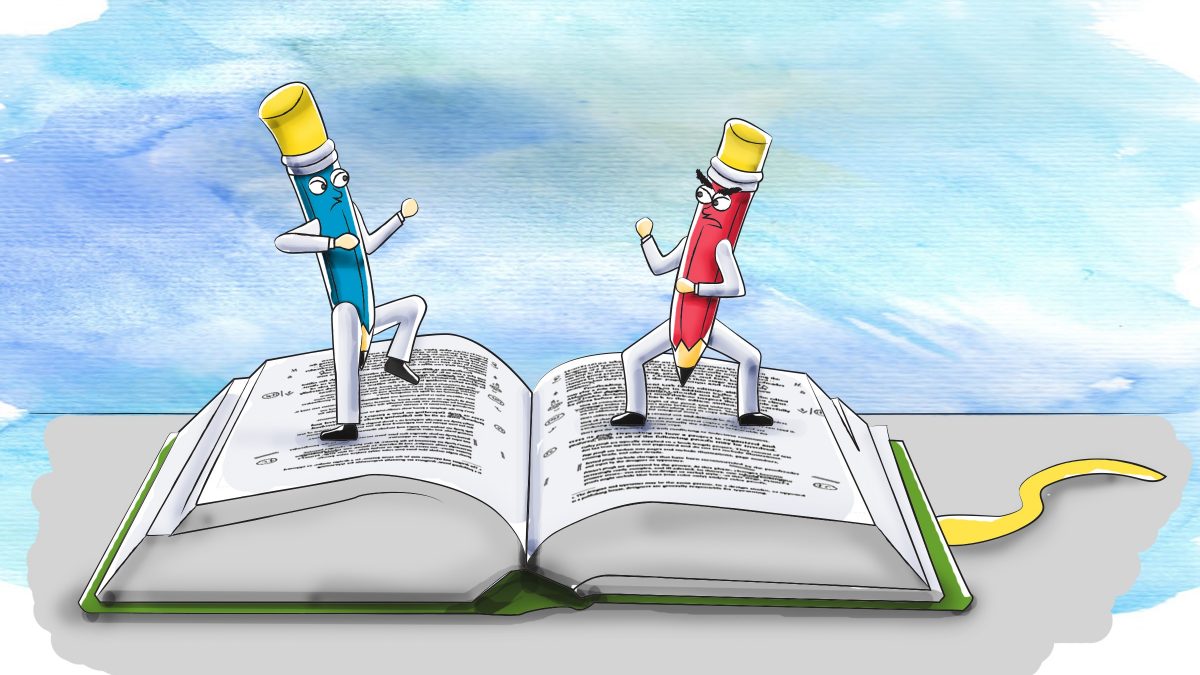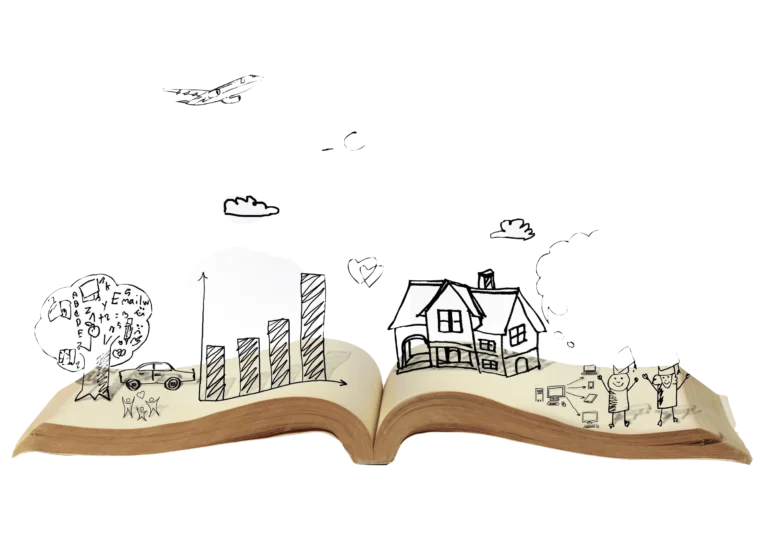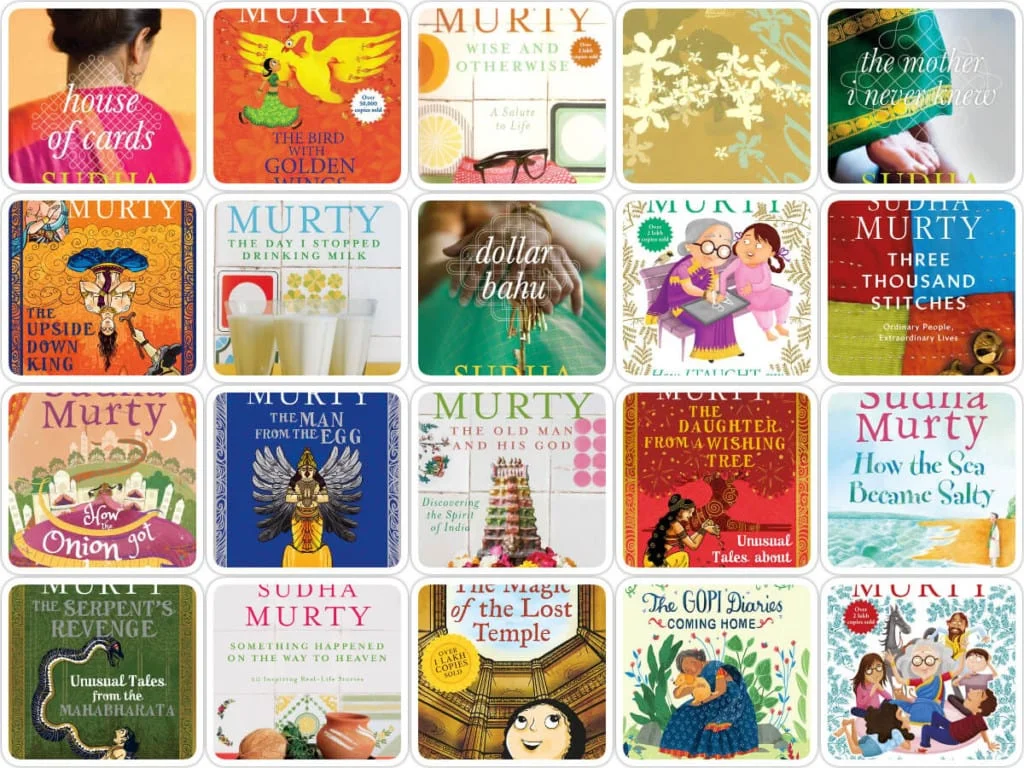
The best part of a short story is that it can evolve just from an idea.
Short stories have existed since ancient times and were referred to as oral storytelling tradition where oral narratives were often told to refer to the teachings of epics like Ramayana, Mahabharat and Geeta. They have been an irreplaceable part of ancient folk tales incorporating elements of supernatural powers and legends.
The Idea for Writing the Story
Many aspiring writers think that they need a sudden strike or flash of inspiration. They are everywhere, a brief conversation you had at the dinner table, the story of some scar, wedding blues and all. Even if they are not extraordinary, make them interesting.
Good Observer

Make it a habit to pay attention to what’s going on in your environment. Make a note of anything which catches your attention. It will help you focus and relive the moment when you start writing.
Developing the Story
Events aren’t stories. The writer germinates the story from it. Events inspire you to write.

The greatest approach to get started is to think about “what if?”What if it didn’t rain that day when that accident happened? What if she didn’t go for that job interview where she met the love of her life?
Creating the Framework
The story is the character’s journey which has to take the reader somewhere. It might not have a happy ending, only satisfying ones. The story must show the character’s struggle to achieve what it desires. Build your story framework keeping in mind the following points
- Who is the main character and his behavior
- Event that calls for his/her action
- Extent to which they can go to get what they want
- Internal or external barriers that prevent the character from succeeding
- Did the character succeed or fail in the struggle
- How did the character alter as a result of the struggle
Short Story is Not the Same as a Novel
Though writing novels and short stories have a lot of similar characteristics, still the two have different formats. Like novels, short story writing also needs to have a provoking incident, progressive actions, climax and then closure. And above all, they need to tell a story.
A short story writer needs to write within the pre-defined word limit, confining the scale of it. In order to complete the story, all the detailing needs to be cut down and resolved to the climax or problem quickly.
As a result, it’s preferable to concentrate on just one facet or relationship in the character’s life.
Keep Up the Pace
It is the basic requirement for writing short stories. The reader of short stories expects to be able to finish the story in one sitting. The tempo of the story should be progressing raising the stake bit by bit.
Keep the Number of Characters as Low as Possible
It’s difficult for a reader to keep track of a number of characters. It’s hard for a writer also to properly develop and do justice to a large number of characters in s short story. The number of characters in a short story can be as low as one. Give your character conventional flaws to make it more relatable. It will also help to revolve the story around that tension.
Give the Reader Someone to Root For
Even if it is a short story, the reader should care about the character and relate to it instantly, to maintain the reader’s grip on their attention. Make your character strong by either giving him determination that brings them out of their comfort zones or a weakness that is shared or relatable to the reader.
Create Conflict

Every story needs to have a lesson or learning, which often is a result of some conflict in relationships or life. It could be a dilemma, some confession or a bad decision. Conflicts and tension keep the reader’s mind engaged in your story.
Don’t Elaborate
Every sentence must count. If even one word means additional, it has to go. Even though you may not be able to describe the back story due to words constraint, work it out in your head. Draw in your reader’s attention through tight dialogue, the tension in the scenes, some suspense and by engaging their senses.
Dialogues should Bring your Story to Life
Don’t spend a lot of time setting up the scene, it’s the good dialogues that will make your characters and bring them to life. Build a drama through these dialogues, try reading out them loud, if it doesn’t feel real, work on it again.
Be a Smart Editor
After your writing part is done, it is time to go through it to make it more incisive and compelling.

Keeping in mind the back story, analyse how much is relevant to the story. Some ways to do it are
- Remove repetitive words.
- Unload unnecessary adjectives and adverbs.
- Delete transitory scenes and come to the point.
- Make every sentence count.
Add Pictures to your Short Story
While writing short stories, pictures play a vital role. Most of the setting up of a physical scene can be displayed through the pictures. Relevant pictures convey the message quickly and are compelling.
Finish it

Only when you write from beginning to end you can begin to rewrite, improvise and edit it. You will be lost in between, but do finish drafting it. It will help give you better insight and confidence.
In sum
Just because short stories are short, don’t think that they are easy to write.
Stay committed. Start with a 500 to 1000 word story, take time to finish it keeping all the above tips in mind. After 2 – 3 stories you will be able to reduce the time needed to complete each story. Soon, you will be able to create short stories with ease and consistently too. For more such tips and tricks, head to the Podium Blog.
Happy Writing
Share with your friends






